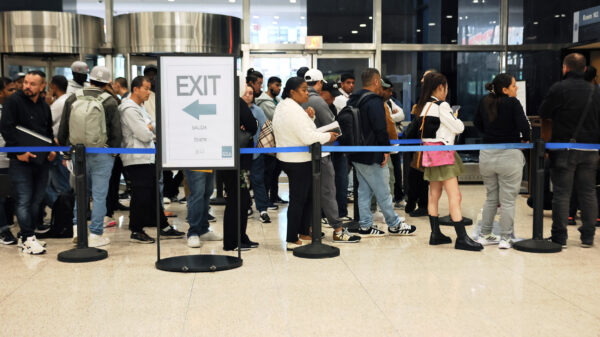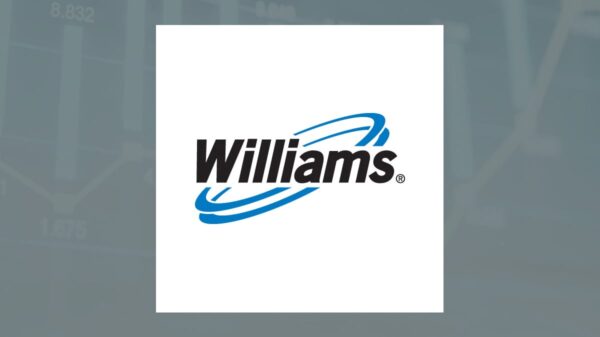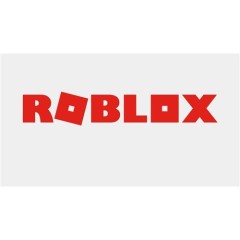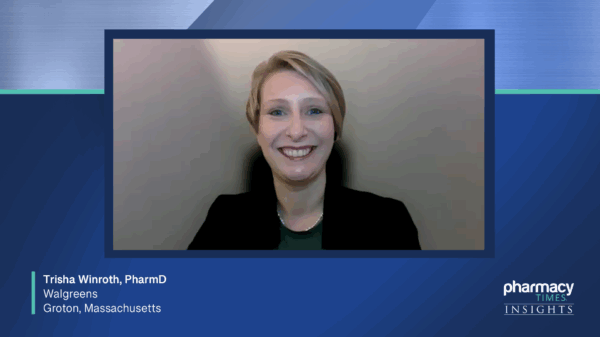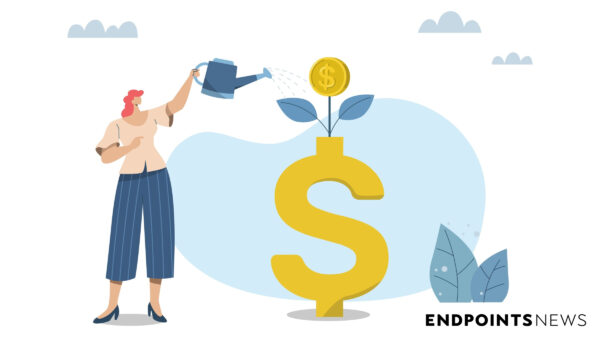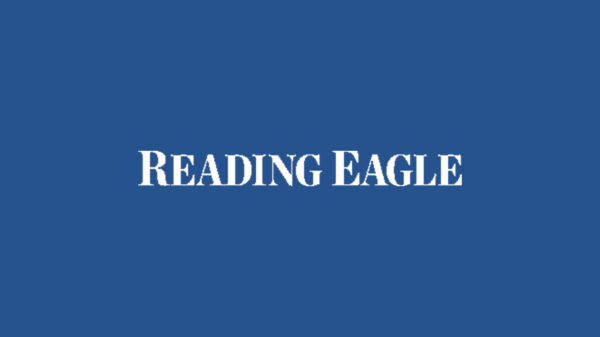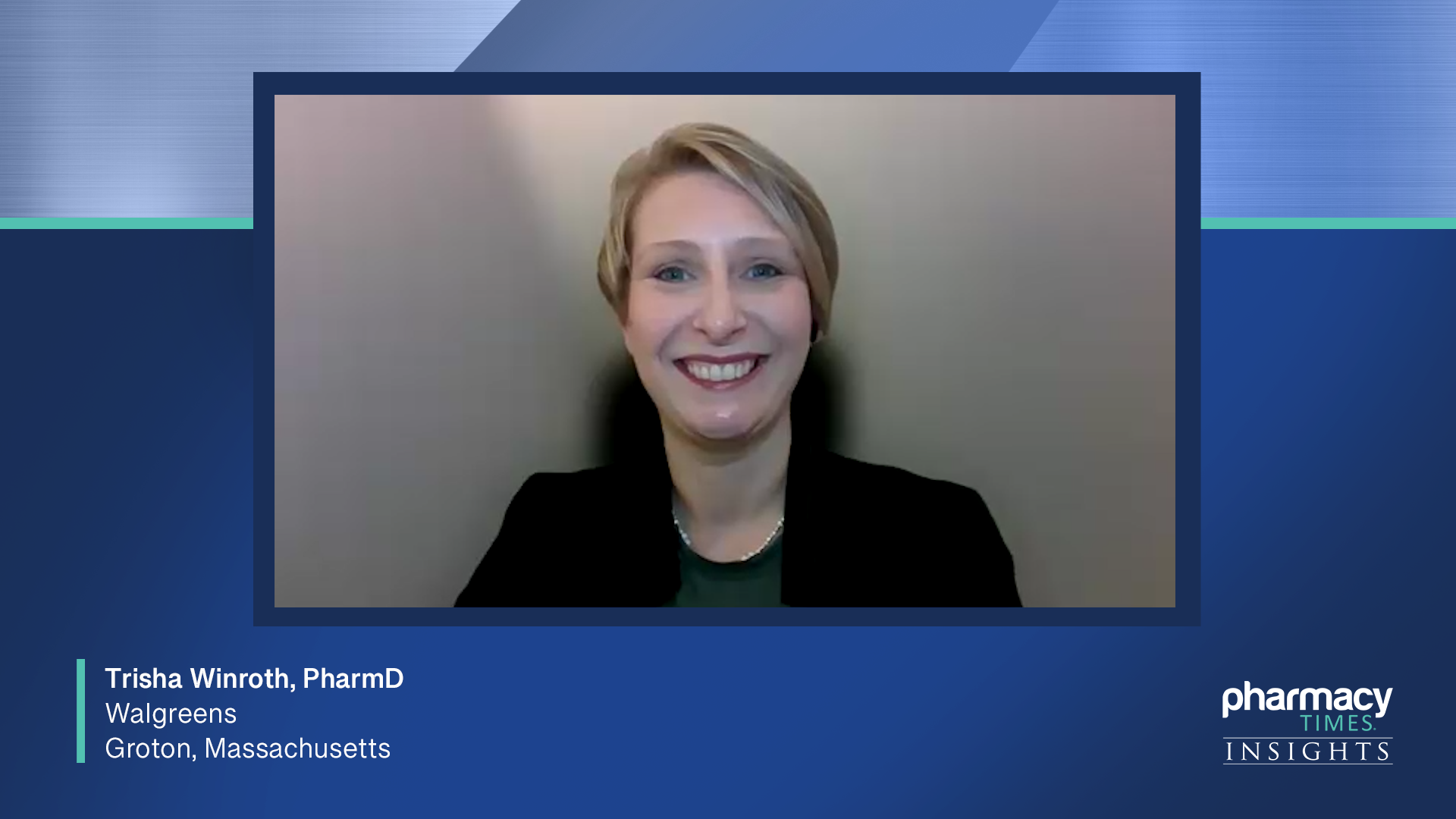Timely intervention is essential for managing shingles, especially for individuals at high risk. As soon as symptoms begin with the appearance of a rash, it is crucial for patients to consult a healthcare provider to initiate antiviral therapy. Common treatments include medications such as acyclovir and valacyclovir, which are effective in reducing the duration of the illness and mitigating symptom severity. While these medications do not cure shingles, they play a vital role in easing the patient’s experience.
Pain management is another critical aspect of shingles treatment. Patients may benefit from over-the-counter options including acetaminophen, ibuprofen, or naproxen. It is important that pain relief strategies are tailored to each patient’s existing medications and overall health conditions. Additionally, topical treatments such as lidocaine, aloe, and capsaicin can provide comfort. Complementary methods like cool compresses, oatmeal baths, and calamine lotion may also help alleviate discomfort.
For severe pain or cases that develop into postherpetic neuralgia (PHN), treatment options may need to be escalated. Clinicians may consider prescriptions for tricyclic antidepressants, gabapentin, pregabalin, or corticosteroids. While opioids can be prescribed, their use is often discouraged due to a lack of supporting evidence and the associated risks, particularly for older adults with pre-existing conditions such as diabetes, heart disease, or kidney impairment. Given that PHN can persist for weeks or even months, individualized care and diligent monitoring for potential drug interactions are essential.
Self-care strategies also play a significant role in recovery. Healthcare providers should encourage patients to prioritize lifestyle factors including adequate rest, proper nutrition, and mental well-being. Personalized recommendations, such as guiding patients to specific products in a pharmacy, can help them avoid over-the-counter choices that may exacerbate open sores or fail to address nerve-related pain.
Looking ahead, the importance of shingles vaccination continues to grow, particularly as it is recommended around a patient’s 50th birthday. Pharmacists are increasingly pivotal in normalizing vaccination through routine patient interactions, such as during flu shot appointments or medication pickups. Operational challenges, like the current requirement to reconstitute the vaccine, may soon be alleviated with the anticipated introduction of a prefilled syringe.
State immunization registries are also instrumental in helping pharmacies track vaccination status and coordinate subsequent doses. Encouragingly, patient word of mouth has proven effective at driving vaccine uptake; positive experiences shared by one individual often motivate others to seek the vaccine.
Ongoing education and consistent discussions about shingles vaccination remain vital in increasing acceptance and protecting more individuals from the disease. As healthcare professionals continue to refine their strategies for managing shingles, the focus on both treatment and prevention will likely enhance patient outcomes and overall public health.





